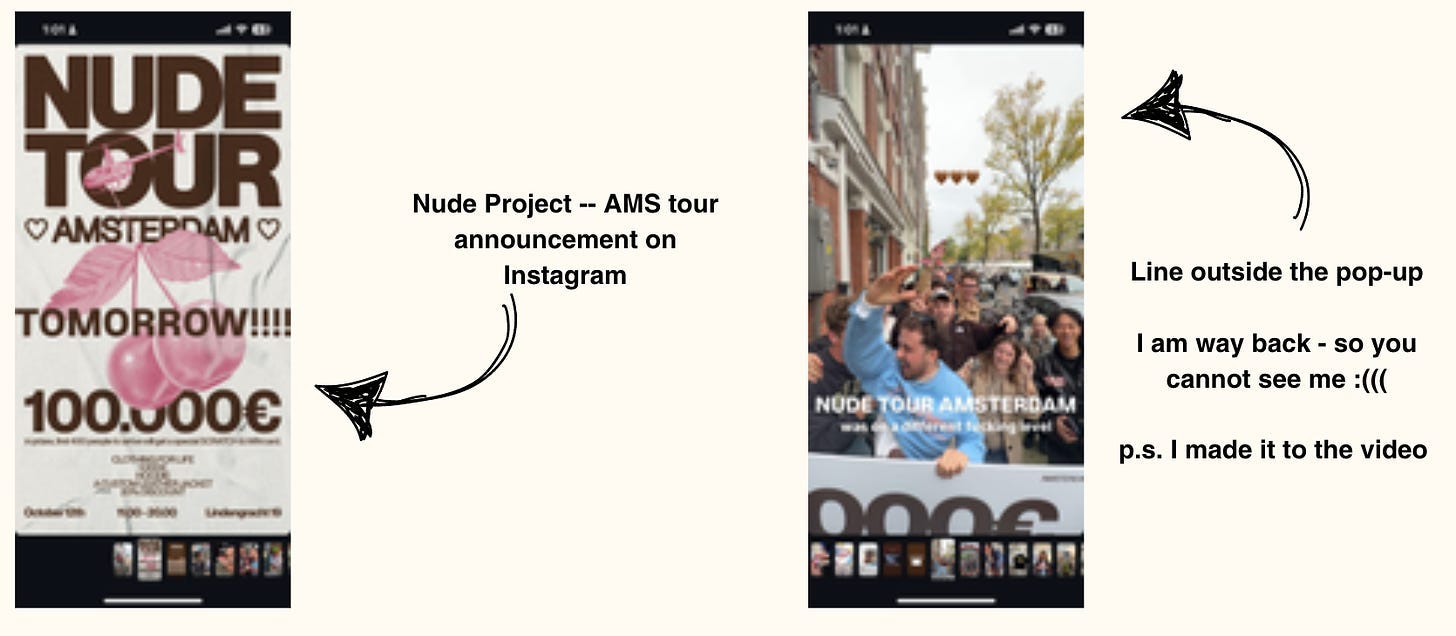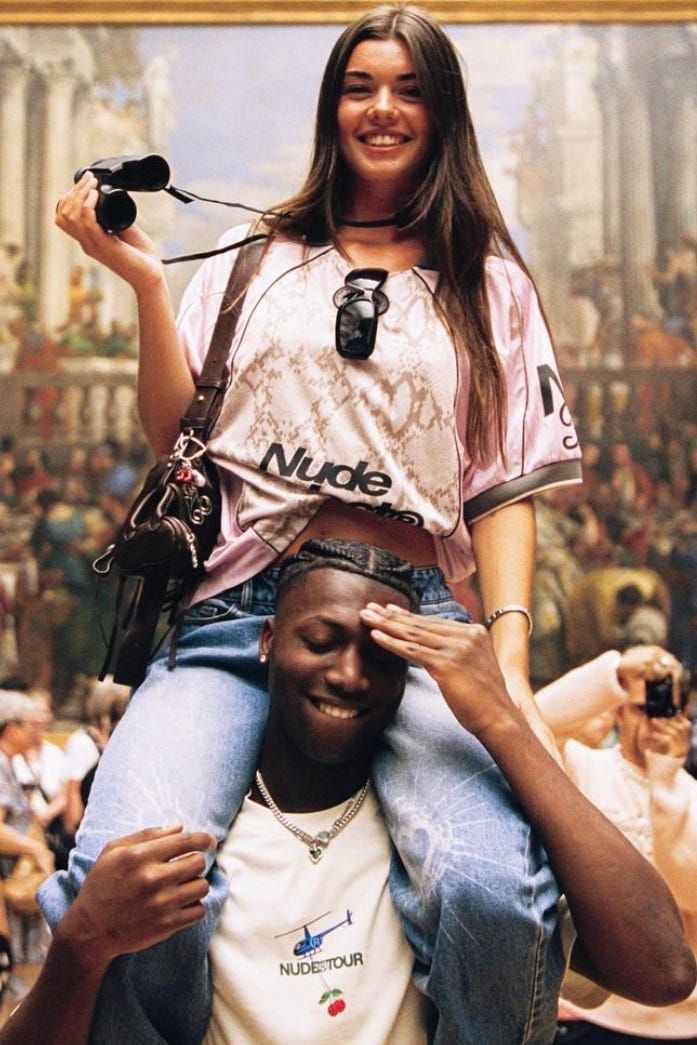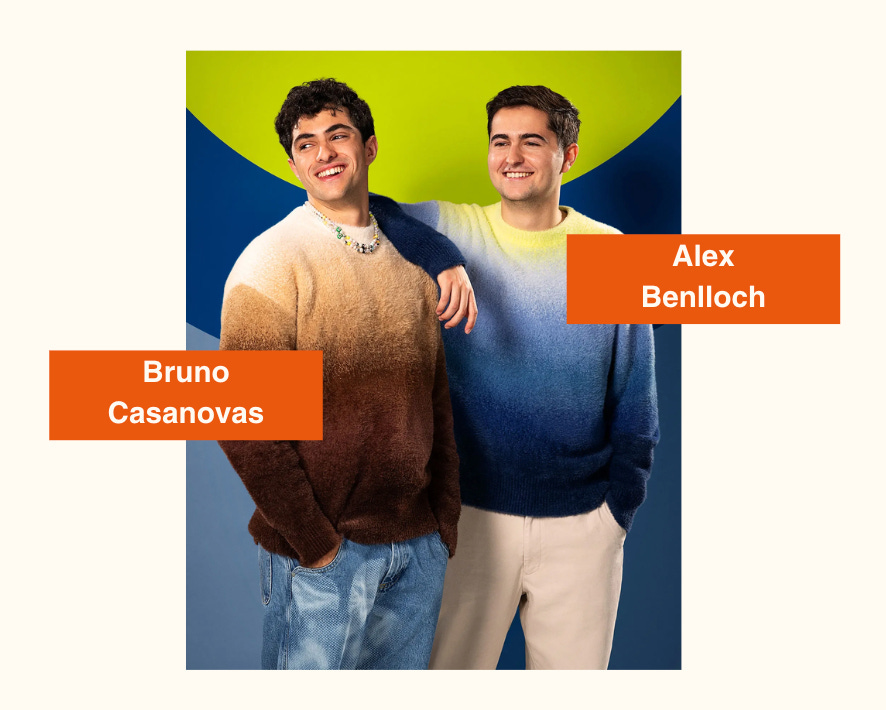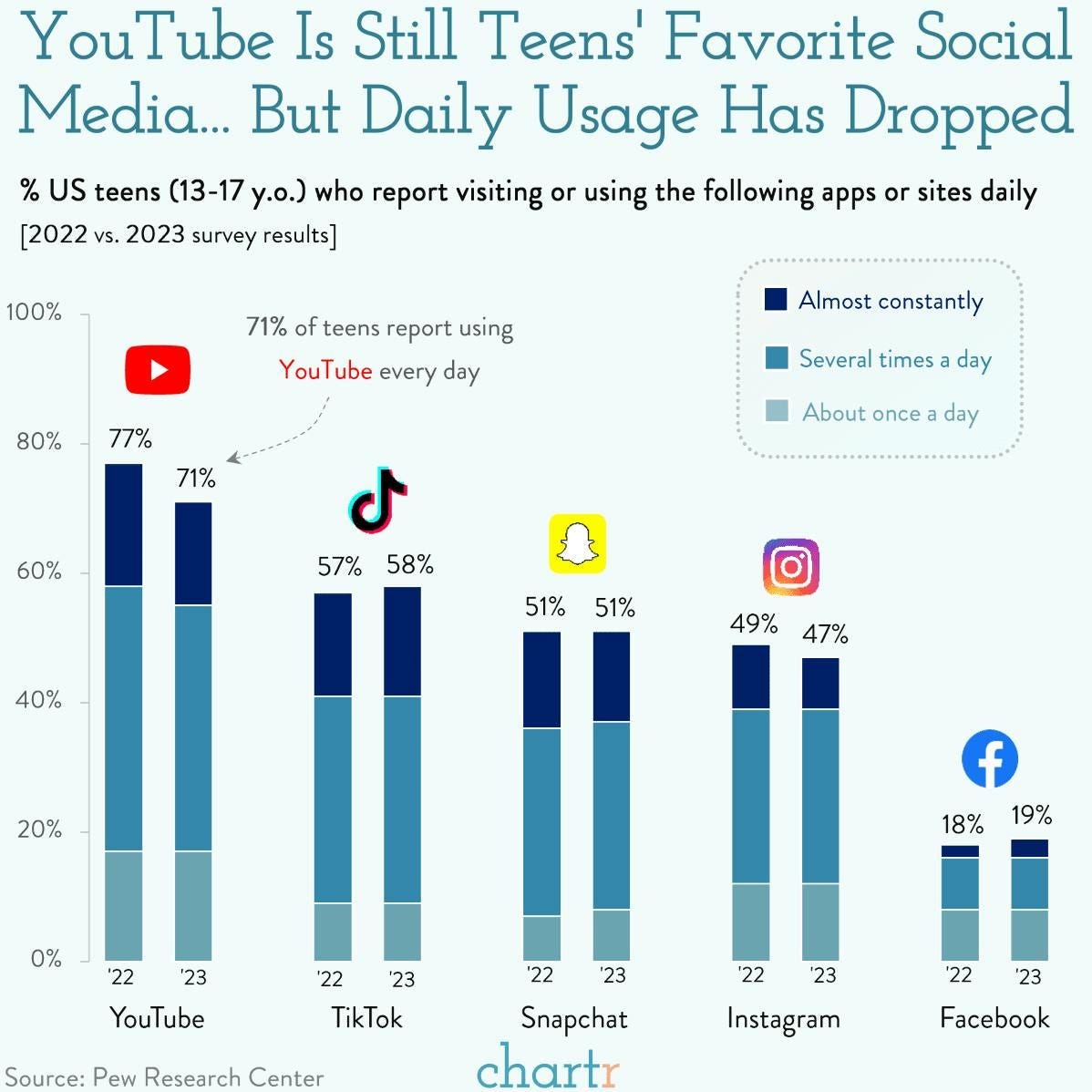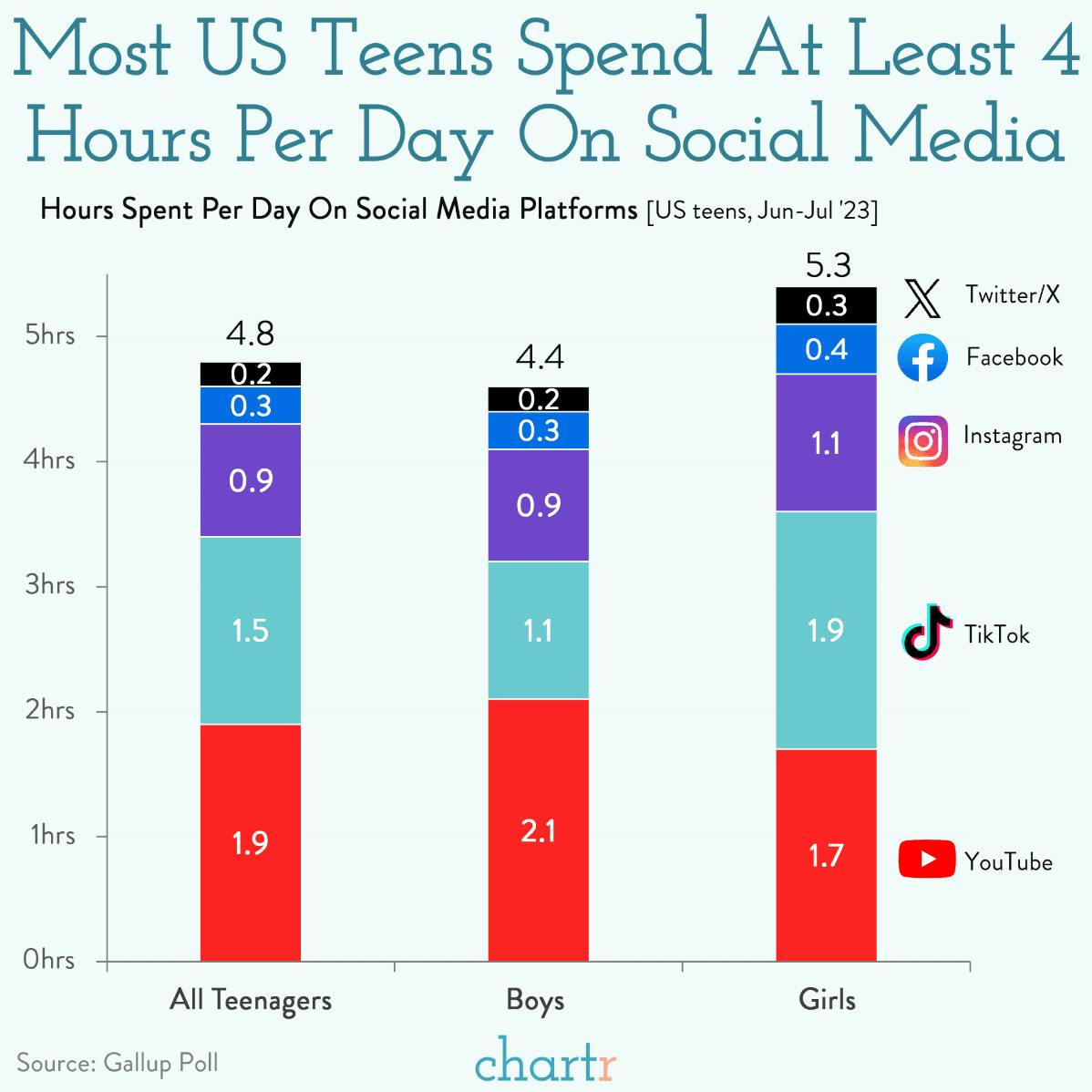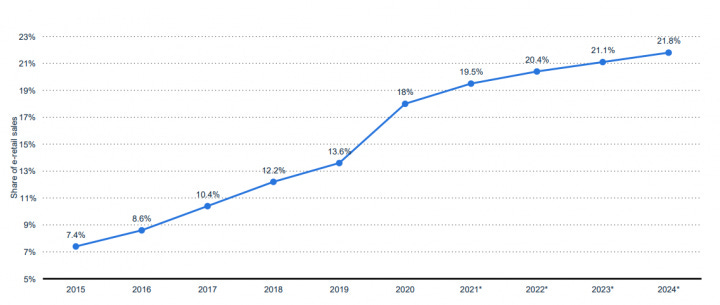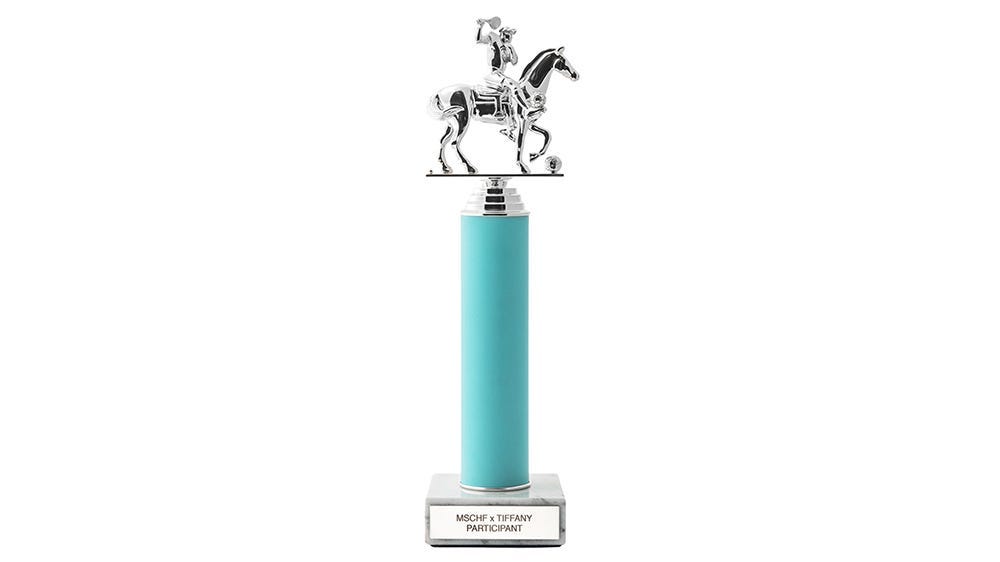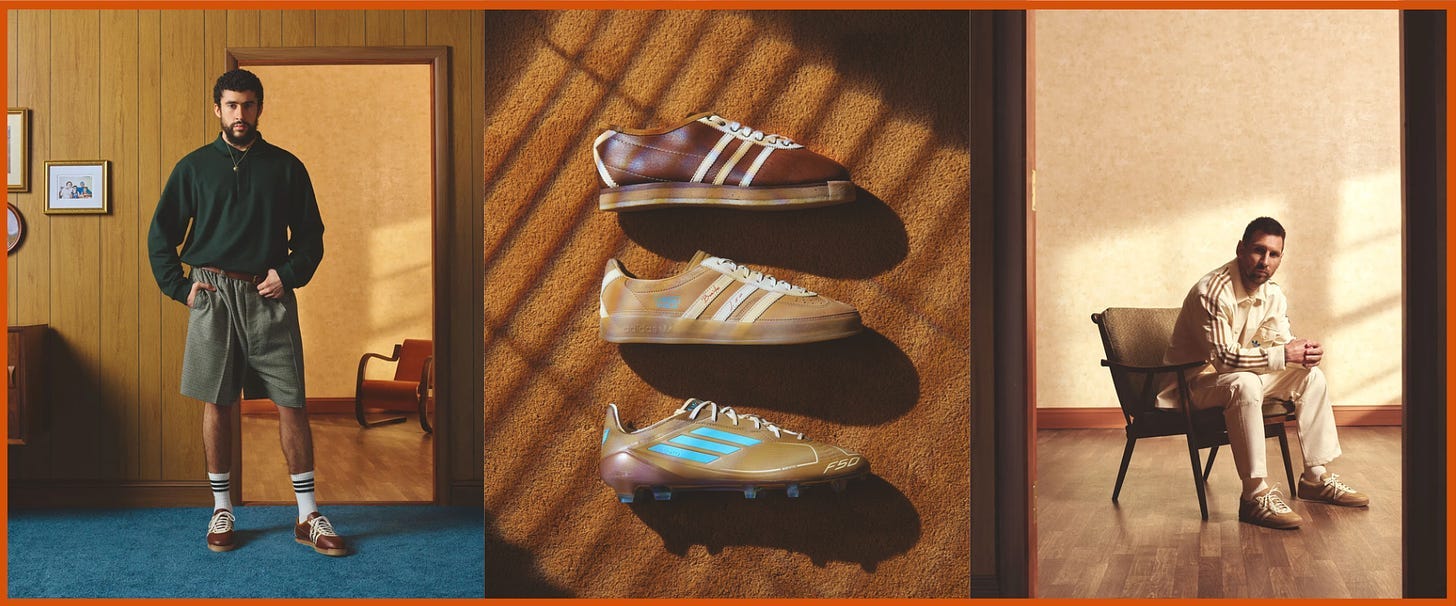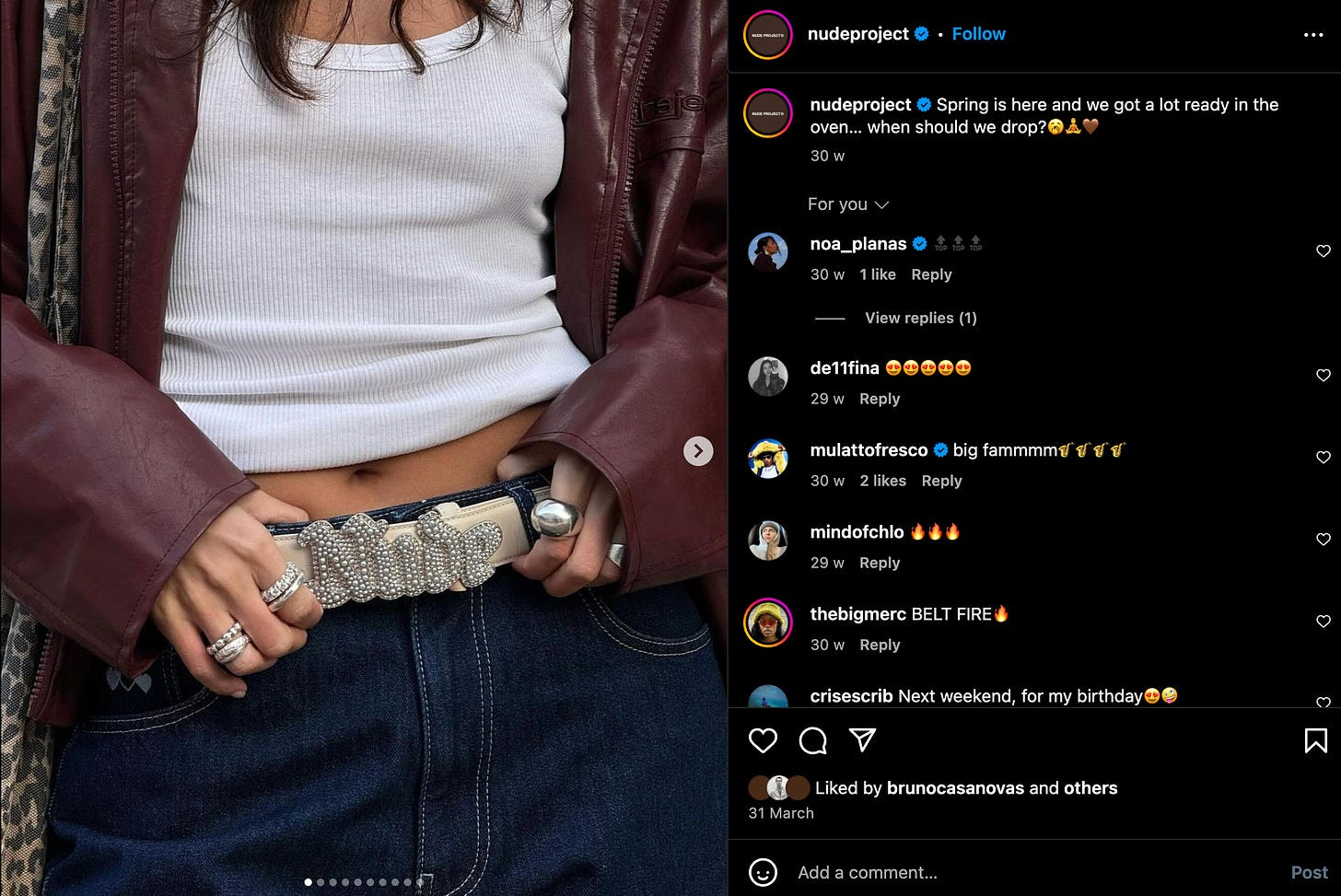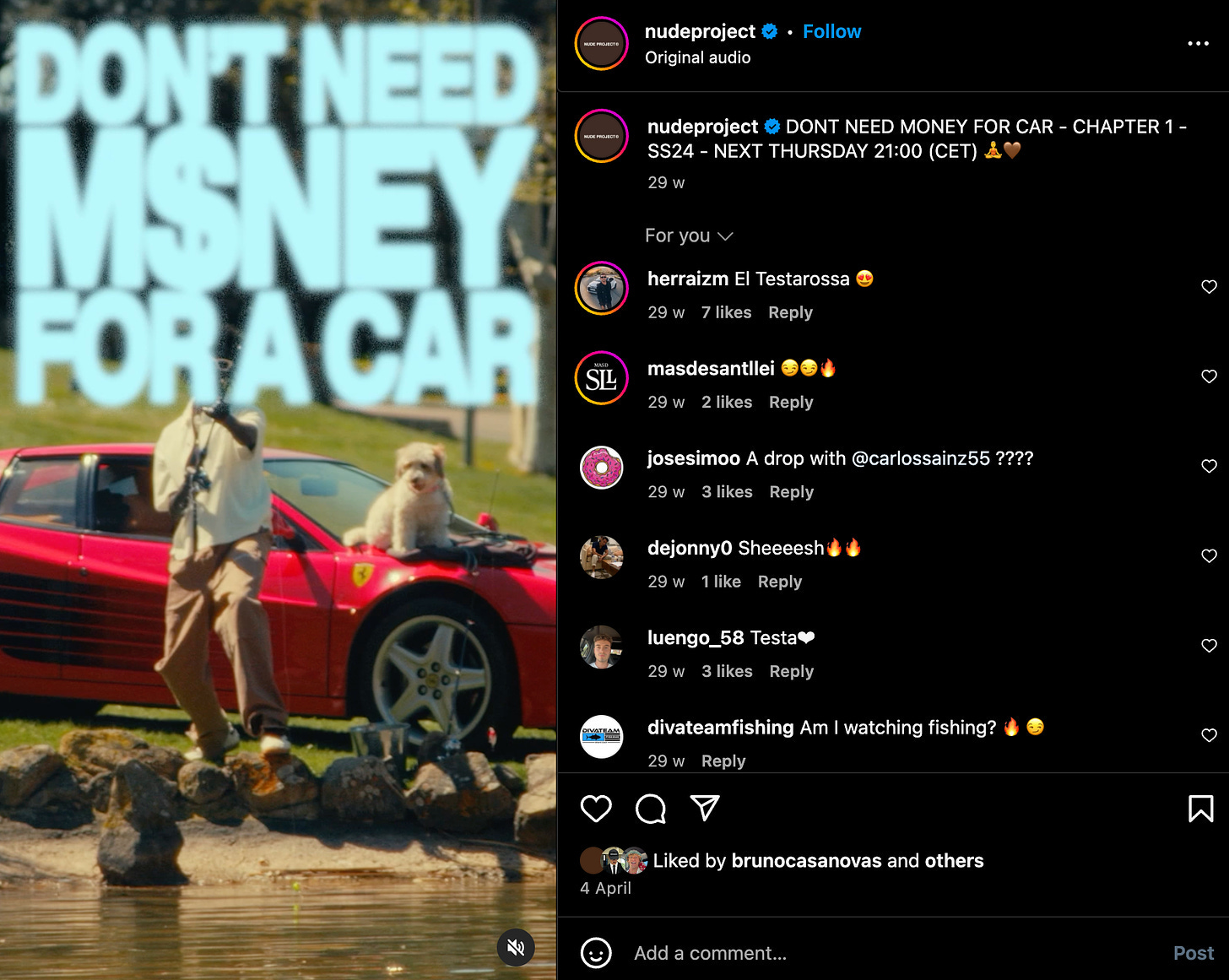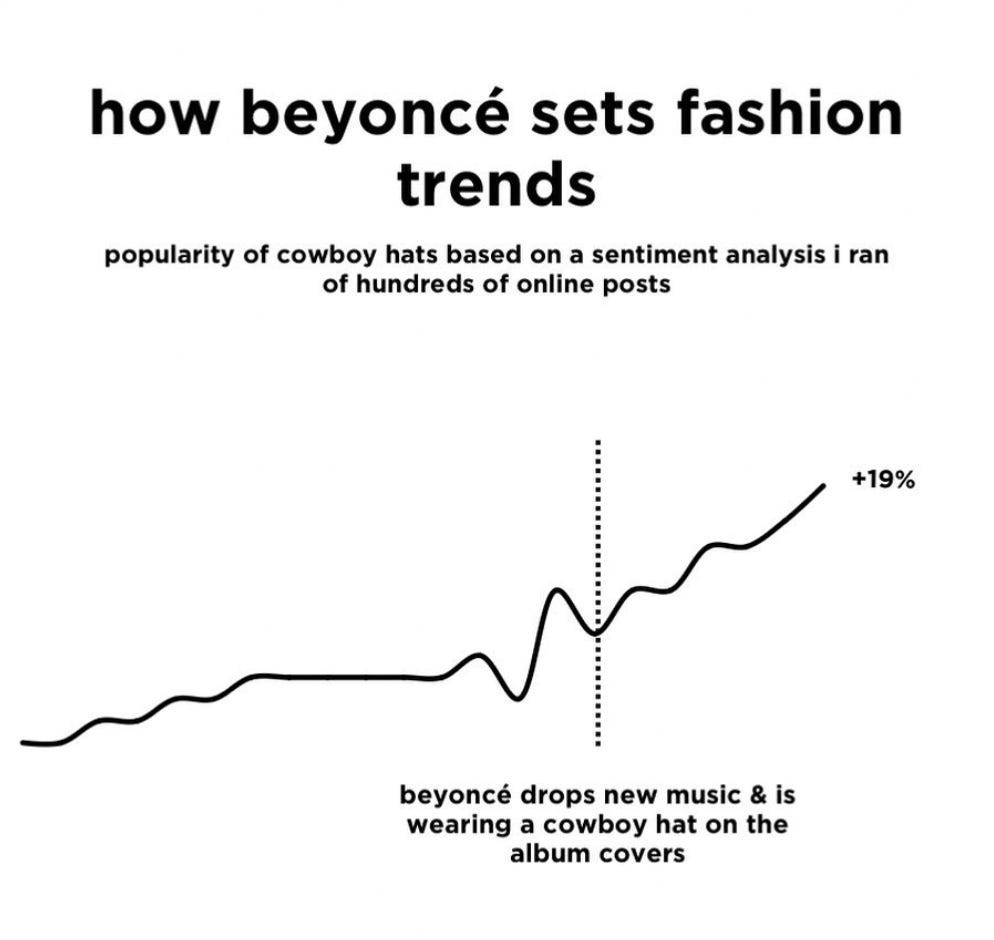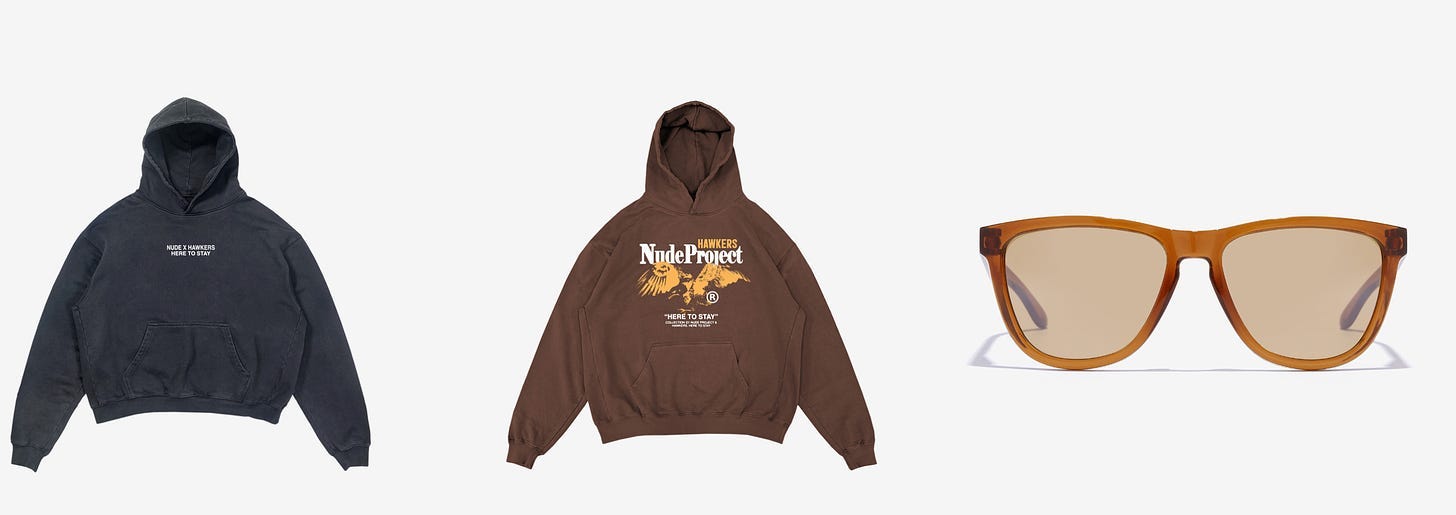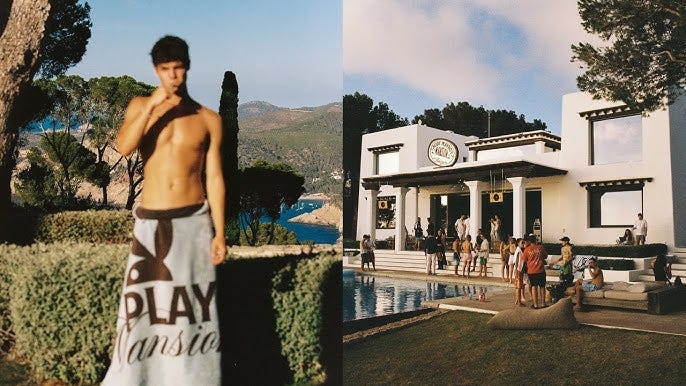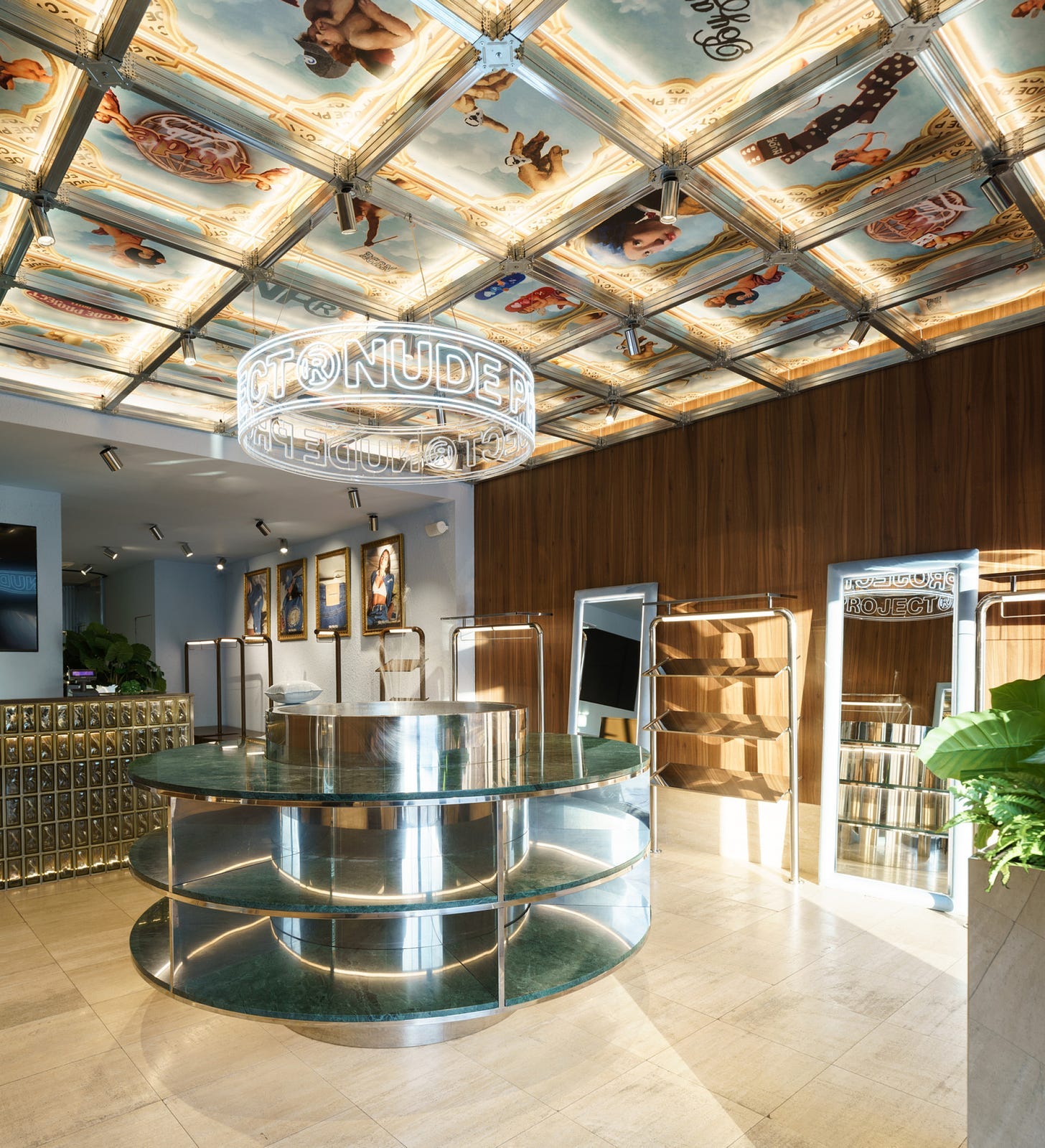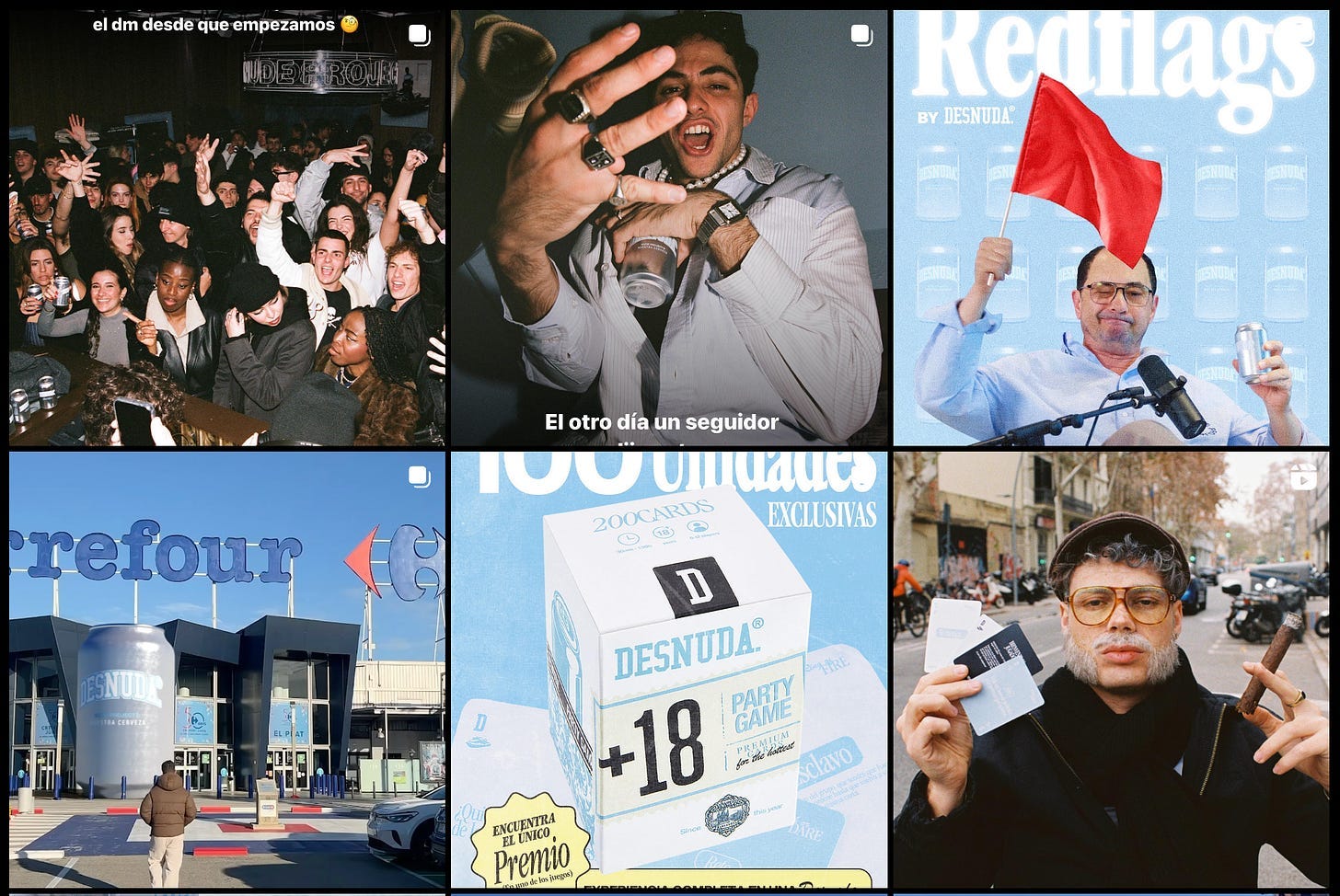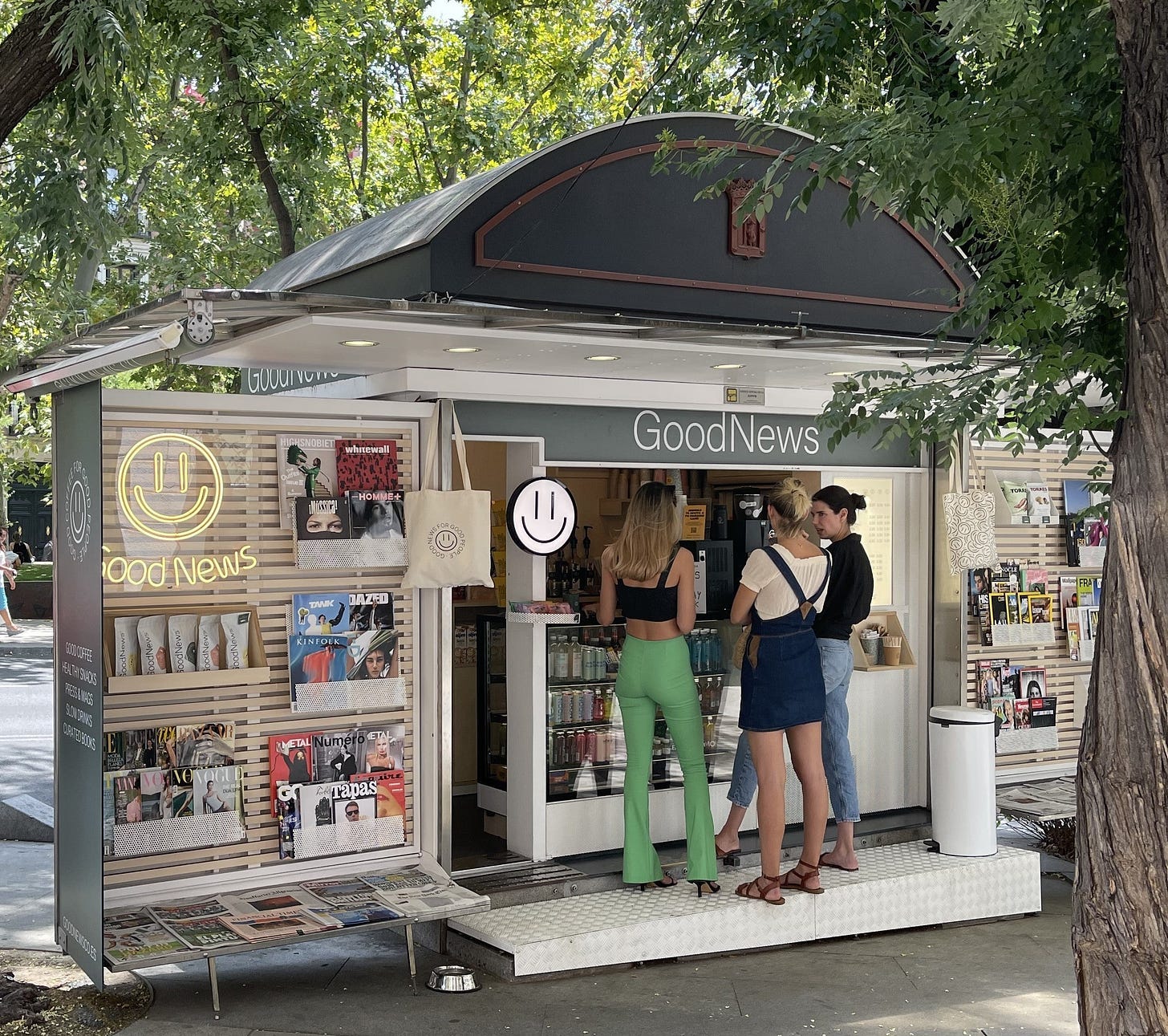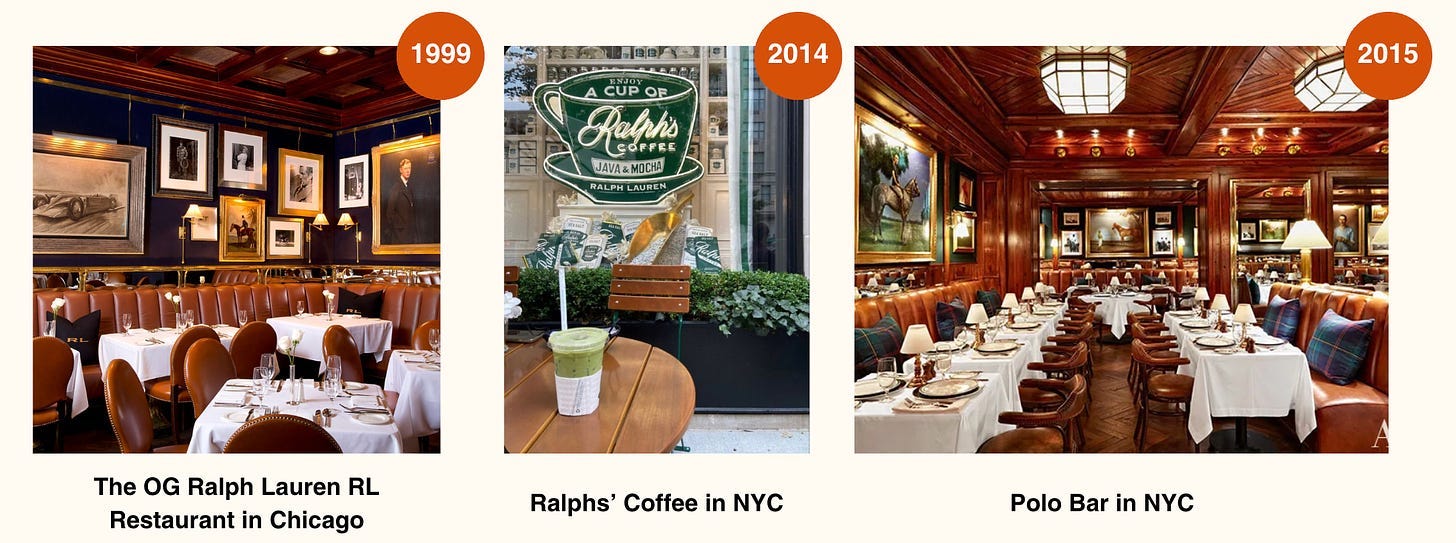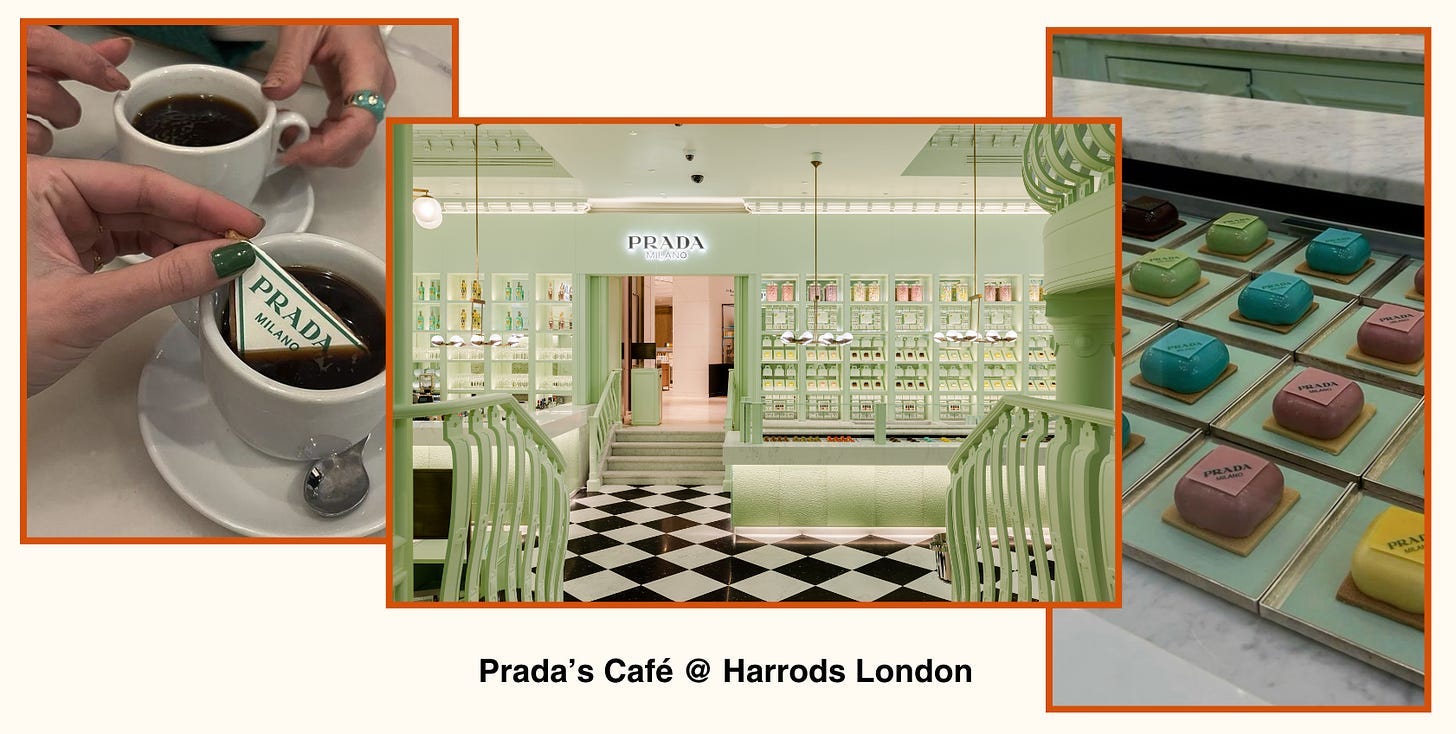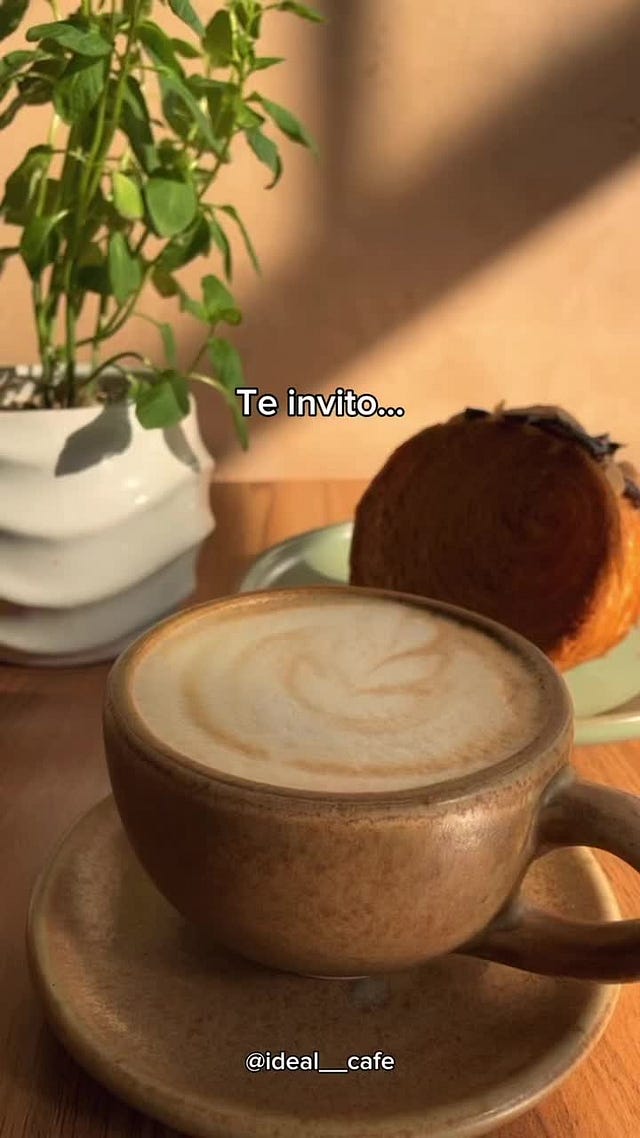The rise & rise of Nude Project
📍🇬🇧 London, United Kingdom
Ciao amici 👋🏼,
It’s a chilly but pleasant Saturday morning, on October 12. I am on Lindengracht in Amsterdam. Lindengracht is in Jordaan, my favorite neighborhood. Yes, think of crooked houses, tulips, and canals.
Normally, my trips to that particular street are to treat myself to overpriced lattes and pastries from Saint-Jean. Absolutely worth it — one of the best spots in the city.
This time, I was there for more than pastries. Nude Project. Before the opening of their first flagship store, they organized a new event as part of their Nude Tour (maybe a reference to Prince’s 90s tour? 👀). I had made plans for lunch with a friend that day but was determined to go to see what two Spaniards were building — not only in Spain but all over Europe.
With the doors opening at noon, I figured 11.30 am would be a reasonable time to arrive. Turning the corner I look at the unexpected line disappearing into the distance. Sure, my height did not help with the job 🥲, but still…
“The line’s long, but once the doors open, it’ll be fast”, I told my friends. A stranger in the queue started chatting with me, telling me that he was there to get a gift for his partner. Now that I made a friend, and that my spot was secured, I went to get a coffee and inspect the queue myself. The line is endless.
At some point, I noticed one of the co-founders was walking up and down the street greeting people, and taking pictures with them. Bruno. He wore the NP signature puffer in red, a rodeo leather bag, and if I remember correctly red bootcut pants. His voice was cheerful, and he seemed genuinely kind, interested, and grateful for people to be there.
I’d now been in line for about two and a half hours. If I wanted to make it to lunch I needed to abandon the symbolic boat. Finally, I decided to head out as I couldn’t wait another two hours.
As I left, looking back at the endless line, I noticed something: nearly everyone else stayed. Why? What made the brand worth the wait?
Today I will dive into the story of Bruno and Alex — two Spaniards who, starting with limited resources, decided to create their own world, and are now shaking up European streetwear.
The Origin Story
Nude Project was born to portray and share a lifestyle through selling clothes. In 2019, Bruno Casanovas and Alex Benlloch, who had met online, in true Gen-Z fashion, got together to launch the project with an initial investment of EUR 300 each.
Inspired by what was happening overseas, with brands like Supreme and Palace, which combined exclusivity with a sense of community, they realized no brand represented the same values in Spain. So they set out to create one that would.
If you follow them on social media, like through their podcast, you will find they are in genuine sync. They give off a sense of warm authenticity and passion for their mission, while also demonstrating how crafty they are.
👀 Fun fact: Nude Project could have been called New Polinesia, but the name didn’t make it through registration!
Their first blueprint? Simple but effective to test the market: make designs, post online, and get the initial buy-in from friends and acquaintances.
Strategy & Breakdown
Here, I will unpack how Alex and Bruno successfully built a brand reaching 1m followers and reportedly c. EUR 30m in sales as of 2023.
Unlike most brands relying on paid ads, NP’s approach is centered on long-term brand-building and cultivating a loyal following. Consumers aren’t here just for the discounts, but they are part of the movement.
The brand has seen an increase in popularity with artists like Madonna and Quevedo spotted wearing their designs. Even President Biden’s granddaughter was seen shopping at their Madrid location.
Although the founders claim they were figuring things out on the fly and didn’t know much at first, I think they had a few strong instincts for growing the business.
Let’s have a look one by one. Shall we?
⏰ Timing
When you think of streetwear, brands like Supreme, Stüssy, and Off-White likely come to mind. European streetwear fans may also think of Patta, Daily Paper, BOY, etc. Yet, for most, American brands take the spotlight. After all, they’ve been pioneering streetwear subcultures since the '90s.
There are three key factors at play here: 1) the rise of social media, 2) the pandemic, and 3) the unique Spanish market timing when NP launched.
The rise of social media
Social media has relentlessly grown, if anything increased and evolved. In 2018, Instagram reached its first billion (!!!) users, and TikTok began its ascent in popularity.
In the U.S., teens’ media consumption across all platforms is at an all-time high. With 47% and 77% accessing almost constantly (!) YouTube, TikTok, Snapchat, and Instagram. A similar research found that US teens spend at least 4 hours per day on social media.
Similar trends are likely to apply in Europe.
With more eyes than ever on their screens, NP was able to capitalize on a big opportunity — though it’s not just time. The team excelled at keeping culturally relevant and commercializing the zeitgeist of their time through the right platforms.
The pandemic
The pandemic, we can all agree, was a strange time. Lockdown left us confined at home, and shopping became one of the few outlets.
Covid-19 forced people to shop online, reshaping their habits for the future.
Would NP have experienced the same growth without the pandemic? Possibly, but there’s no doubt it gave the brand a push.
🪄 Marketing Strategies
1. Drops
Drops tap into the thrill of exclusivity, playing on anticipation and scarcity — some of the most powerful psychological drivers that make each release feel like a must-have moment.
Typically, dropped items are limited, either by quantity or by time. Take Tiffany & Co.’s 2022 collaboration with MSCHF. With only 100 pieces and a price tag of $1,000 each, they created a sense of exclusivity that made it irresistible for collectors and fans.
Many of us get excited about the holiday season —November 1, I’m already blasting Mariah Carey’s “All I Want for Christmas Is You”. I am a victim of anticipation. You know — that feeling of looking forward to something. This is the feeling brands like NP tap into with every collection drop.
When a brand successfully primes its audience before a release, it’s marketing gold. Many successful brands use this tactic. Think of Apple, which builds hype through events before making new products available weeks later. Or Adidas, which teases fans with campaigns leading up to product launches.
Both strategies combined, allow Nude Project to maintain low stock levels, and keep audiences engaged with fresh releases. Competing with fast-fashion giants like Zara, brands need to bring continuous excitement to stand out.
There are quite a few things to unpack here! Let’s take them one by one.
Nude Project has consistently relied on small, frequent drops since its launch. As the company is now 5 years old, with an established voice, and a loyal fan base - it decided to do something different.
They launched the first *actual* collection for Spring/Summer (SS) 2024 but in a format that is uniquely theirs. In typical fashion cycles, designers will showcase the entire SS collection and then move on to Fall/Winter (FW).
Nude Project’s approach has more layers. They released one collection of 60 pieces but segmented it into volumes. Or think capsules. Where each volume/capsule carries a specific theme while falling under one collection. This strategy lets Nude Project begin exploring larger-scale collections while keeping consumers interested through constant variety.
In this case, they divided the collection into three main capsules, supplementing these with additional product releases that we’ll explore shortly.
This staggered approach also allows NP to gauge consumer reactions and collect feedback, which they can use for fine-tuning.
Now anticipation is real. Just a few days after announcing the collection, they revealed the drop date, creating excitement for fans with a timeline to look forward to.
They teased these upcoming releases through various storytelling methods, including short films, memes, and engaging videos on the 5th, 7th, 8th, 9th, 10th, and finally, the 11th of April, launch day!
Right after the launch, NP began teasing part two of the collection.
The second point worth highlighting here is NP’s cultural relevance. Unless you’ve been living under a rock this year, you should know of the resurgence of the “cowgirl/boy” trend. Yeehaw! 🤠
With Beyoncé’s album “Cowboy Carter” and Pharrell’s Western-inspired Louis Vuitton collection, Nude Project’s “Not My First Rodeo” release feels especially on point.
🤓 Fun fact: according to Data But Make It Fashion, searches for cowboy hats surged by 19% after Queen B dropped her album.
Nude Project launched the “Not My First Rodeo” collection in September, featuring some Western motifs tapping into a year dominated by cowboy/girl theme. The launch took place at a time when fans were primed to embrace this particular aesthetic.
On a similar note, 2024 was also a big year for European sports, with the UEFA European Championship held in Germany. The final saw Spain 🇪🇸 winning over England 🏴, with almost 24m (!) people watching the match. NP seized the moment by announcing that if Spain won, they would release 100 units of a special, limited-edition T-shirt for just €1. The announcement was a hit because it went beyond the commercial goal of selling clothes, but it was a way to celebrate national pride.
Beyond leveraging trends and big cultural moments, NP consistently engages fans with tactics like giveaways and collaborations, expanding their reach and rewarding loyal followers.
2. Giveaways
Giveaways and raffles are effective strategies that Nude Project employs to enhance brand visibility and drive sales. One of their first giveaways occurred in 2019, coinciding with their brand launch, and they continue to utilize this tactic during special events and pop-ups.
These initiatives are great for growing mailing lists and social media followings, as they often require participants to follow the brand on Instagram and tag friends.
3. Collaborations
Collaborations have become a staple in brands’ strategies. When executed thoughtfully, they can yield remarkable results — think of Supreme x Louis Vuitton, or H&M x Mugler. Or not so well if you think about the Nike x Tiffany & Co.
Collaborations provide opportunities to attract new customers while strengthening loyalty among existing fans. NP’s motto, "by artists for artists," encapsulates their commitment to creativity and community, guiding their collaboration choices. Alex and Bruno have leveraged various forms of partnerships to amplify their brand's presence.
For their recent summer collection, they collaborated with local artists to create exclusive pieces, reinforcing their motto and fostering community engagement.
On another notable occasion, they partnered with Trueno — one of Argentina’s rising artists, to produce a drop.
These collaborations not only elevate their brand but also create a sense of belonging among customers, deepening their connection to the brand as a collective of creatives.
Collaborations are not only with artists but also with brands that align with their ethos, like the Spanish eyewear brand Hawkers.
4. Pop-Ups
NP has a significant physical presence in Spain and internationally, with pop-ups acting as a bridge between direct-to-consumer models and traditional retail.
These pop-up activations are strategically placed in high-potential locations where the brand lacks a permanent presence. They serve as valuable tools for testing market hypotheses and gathering real-time feedback while igniting excitement on social media. Nude Project's "Nude Tour" exemplifies this approach, featuring a series of pop-ups across different cities. This allows them to gauge potential demand for future stores and raise brand awareness in areas where it may be weaker.
A special project they launched as part of physical activations, is the Nude Mansion — as a homage to Playboy’s legacy. You might disagree or not with what Playboy stands for but it definitely was a great play by NP.
🏘️ Physical Footprint
In an increasingly isolating world, people long for community. Physical stores in a post-pandemic era are more than just a distribution channel — they serve as an extension of the brand, allowing for genuine connections with consumers through events and service. Having a physical presence in key areas can boost sales, but fundamentally, it’s where connections are made and loyalty is built.
I love online shopping; it’s easy, fast, and convenient. I can shop anywhere—whether I’m on the toilet, at work when my boss isn’t looking, or before bed. Most importantly, I can do it without having to talk to anyone or feel guilty for not buying.
However, I sometimes miss the IRL shopping experience. There’s nothing like the urge to visit a store or being drawn in by a cool storefront while walking around town. Stepping inside, smelling the fragrance, absorbing the surrounding designs, and being pampered by attentive salespeople. It truly feels like a treat—especially when I can share that experience with friends.
Nude Project’s stores perfectly capitalize on this desire for connection. They don’t just sell clothes; they create memorable experiences, even after you leave. In the long run, physical stores may prove to be a more valuable investment than increasingly expensive ads, especially when they’re as Instagrammable as Nude Project’s.
I may be biased as an Italian, but their Milan store is my favorite; the architects beautifully merge Italian heritage with the Nude Project aesthetic.
As part of their permanent physical footprint, NP opened a unique space in Barcelona, dubbed the Nude Café. It serves as the cafe for the company’s employees (as it’s located in the same building as the store).
🪩 Expanding the ecosystem: the podcast, YouTube, Desnuda Beer, and Nude Project Café
People do not blindly trust brands as they did before; nowadays, consumers prefer supporting companies whose founders are visible. Almost every brand—whether in software, consumer goods, or services—now features its founder(s) posting content on platforms like YouTube, Spotify, X, LinkedIn, and Instagram. This visibility helps develop a sense of connection with the people behind the brand, enhancing trust. These days, everyone is building in public (BIP).
Almost every brand now, whether that’s a software company, a consumer company, or an agency will have their founder posting some sort of content. YouTube, Spotify, X, LinkedIn, Instagram, etc. — you name it. This gives a sense of connection with the people behind the brand and makes us feel like we can trust them more on some level. Now, almost everyone is building in public (BIP).
Entrepreneurs like Pieter Levels popularized this approach by sharing insights and metrics about each of their ventures while offering a glimpse into their daily lives as remote builders. In the fashion world, Virgil Abloh was among the pioneers advocating for transparency and sharing one’s creative process through social media.
This method yields several benefits, primarily helping founders:
Gain supporters: Many viewers, often aspiring entrepreneurs, connect with the journey, fostering community. They also connect with fellow entrepreneurs.
Gain and Retain customers: New buyers may discover products through these channels while existing customers are likely to increase their purchases due to a stronger emotional connection cultivated through the content.
Importantly, these benefits are interconnected and feed into each other, amplifying the overall impact.
Within this context, Nude Project has launched a podcast with c. 200k subscribers inviting some of the most inspiring people to share their viewpoints. And Bruno is reviving vlogging and posting content, inviting the audience into the life of the creative director of NP.
In addition to these initiatives, Nude Project recently launched a new brand called Desnuda, a playful nod to its main brand. This venture into brewing not only expands their product range but also reinforces their commitment to community and creativity under the same umbrella.
The brand draws on many common strategies and aesthetics from Nude Project.
I wanted to highlight the refreshing partnership Nude Project made with GoodNews coffee — a Barcelona-born project born in 2020 that transforms newsstands into coffee kiosks. They have been carving a niche by serving quality coffee and making collaborations with cool brands a signature element.
Their joint venture, the Nude Project Café, embodies the brand’s aesthetic while staying true to GoodNews’ unique vibe.
Nude Projects is not the first brand to go in this direction. In fact, Ralph Lauren pioneered this trend back in 1999 with the RL Restaurant, later expanding with Ralph’s Coffee and the Polo Bar.
Today, brands like Burberry, Prada, and Armani have followed.
This partnership is a great move, especially because it’s still rare in Spain, and it serves multiple purposes. First, it creates an immersive experience for customers (and employees!) that goes beyond traditional retail. Second, it introduces new customers to the brand; some might come for the good(news) coffee and stay for the brand. Lastly, it taps into coffee culture—not just for the exotic beans and aesthetics, but coffee as a social ritual, particularly in southern Europe, where it fosters connection and community.
On that note, Spain, like other countries in Southern Europe and South America, represents the perfect setting, where coffee and chisme are an inseparable duo (a.k.a. chismecito) ☕️😈 .
🥷 Competition
I didn’t want this piece to focus heavily on competition; each brand has its own essence, and consumers often purchase from a variety of them. However, it’s interesting to put Nude Project in perspective.
Nude Project’s style is bold and artsy, with eye-catching designs and typography, while its Spanish frenemies (👀) bring something different: EME Studios leans toward a minimalist aesthetic, and Scuffers has a more underground vibe.
Internationally, brands like Patta and Obey have been part of the streetwear scene for longer. Patta, with roots in Amsterdam’s hip-hop culture, and Obey, stemming from skateboarding, both carry rich legacies with cross-cultural connections and meaningful narratives embedded into their products.
Nude Project positions itself with fair pricing for the value and quality it offers. Its prices align with Spanish competitors, with some special pieces priced higher but overall more affordable than international counterparts. Brands like Patta, Daily Paper, and Obey tend to be pricier, while other brands, like Represent, operate in a different league, emphasizing craftsmanship and aspirational branding.
One key differentiator for Nude Project, alongside Represent, is its brand story and engagement strategies. Through collaborations with iconic artists, physical experiences, and pop-ups, they invite consumers on a journey. This approach feels unpretentious, genuine, hungry, and relatable—qualities that are incredibly hard to replicate.
It’s interesting to watch how niche brands like these are chipping away at premium labels like Tommy Hilfiger, Hugo Boss, and Calvin Klein, which can feel distant and less relevant, especially to younger generations seeking brands that prioritize authenticity and community.
🤌 So what?
Nude Project continues to grow and blur the lines between fashion and community. It’s more than just a streetwear brand — through clothes they represent a lifestyle movement wanted by many. Through drops, collaborations, top-quality content, and more recently coffee, they created a collective that supports every step they take.
More than anything it offers a space where people can bond and share a sense of connection. Offering belonging in a world that is making people feel increasingly disconnected.
Cannot wait to see what’s next for the brand and the new heights they will reach.






